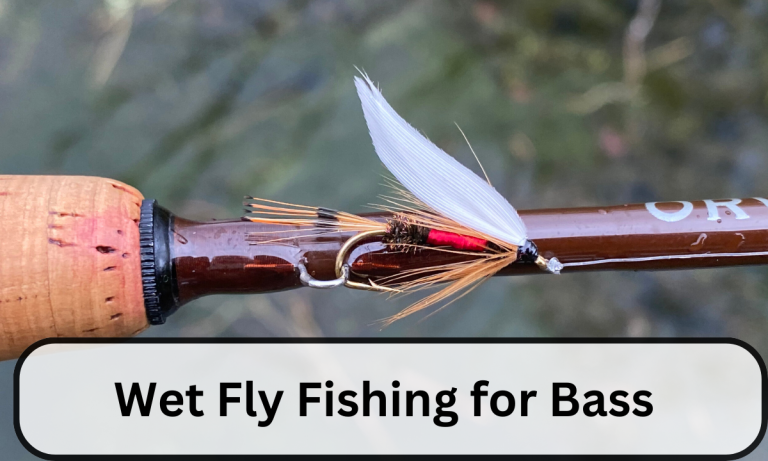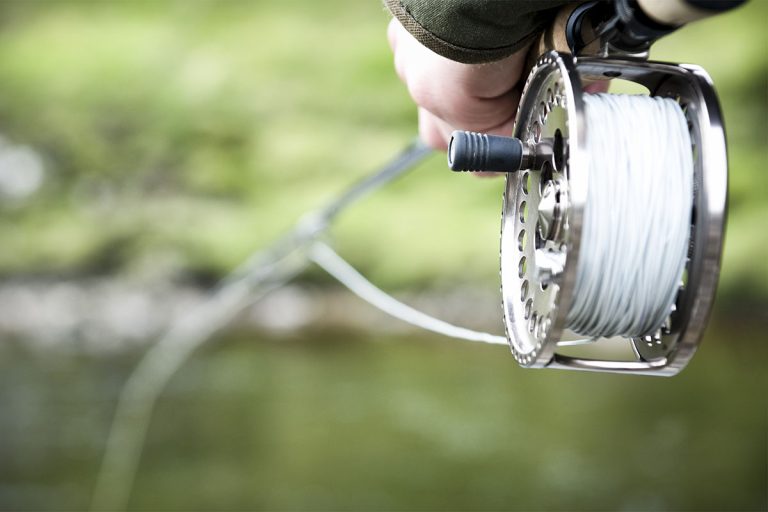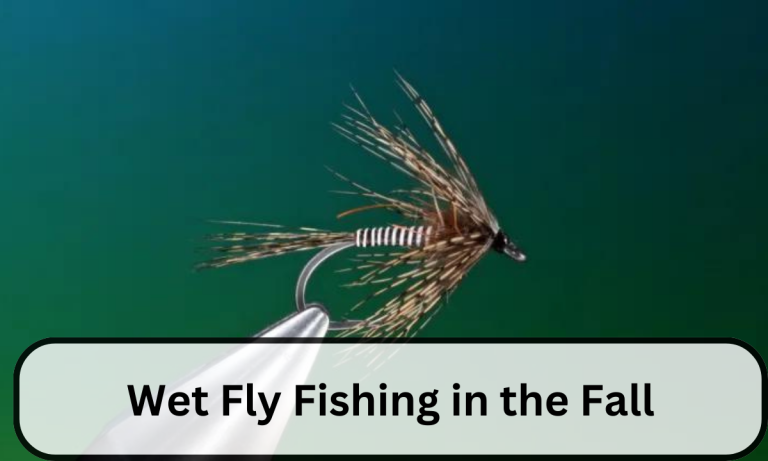Deep Crappie Fishing Techniques
Crappies are the largest and most distinctive members of the sunfish family. Further on, crappies are of two types, black crappie and white crappie.
Crappie fishing is a very demanding fish activity for both food as well as sports. Many locations have crappies in huge numbers. However, for catching crappie, deep crappie fishing techniques are essential to know.
Moreover, you will have to understand the process of how to choose fishing gear for catching deep crappie fishing.
Similarly, deep crappie fishing techniques include the possession of good electronics under your belt. The experts in the field suggest that anglers should cover a good distance on both sides of the boat.
That distance could be up to 80 feet at a depth of 25 feet almost. The boat should be stopped above that location. However, the movement from shallow to deep water should be made.
Once you find the spots for crappie, their behavior, favorite baits, and lures, you will be fishing them quite often. For catching deep water crappies, the ideal seasons are fall, winter, and summer because deep water conditions are favorable or the same then when compared to water temperatures above.
So, this article will help you out with deep crappie fishing techniques keeping in view the locations setup used to catch them and local fishing regulations.
Deep Crappie Fishing Techniques: Things to Know

Once you have located the crappie, the next process is quite simple.
- Set the rig up.
- Use live minnow as bait.
- And start catching the crappie.
One: Locating Crappie
Locating crappie in deep waters is a difficult task but it is one of the most important deep crappie fishing techniques. However, multiple methods can be used to locate crappie. Crappie fishing on a boat recommends using electronics to make the entire process faster.
Further on, those channels will be helpful and move from deeper to shallower water at a depth of 25 to 30 feet. The fall season finds crappies gathering in huge schools to look like a Christmas tree.
The heat of summer makes crappies move deep but not reach the bottom but at 10 to 20 feet having enough oxygen for bait and other fish survival. This depth area is called the thermocline.
As far as very warm summers are concerned, the crappies are very difficult to be located except near trees and brush. However, when you have caught a crappie from a particular place, continue fishing there for more of them.
As regards the winter, crappies can be found in deeper parts of water bodies especially lakes using fish finders. They are found in the deeper waters due to their warmth. Initially, it is difficult to locate them but finding one crappie means you will find more due to their huddling together because of cold.
Another technique among other deep crappie fishing techniques is fishing slowly and paying full attention to fish strikes because in winter, missing a fishing bite is quite possible.
Look for crappies near pylons and piers if you are fishing from a barge, bank, or dock. However, reach the bottom with turns. Continue this practice until you find a crappie school.
The next technique is to use a map of the fishing area to tell you about water depth and save you time as well.
Two: Crappie Rigs
Deep crappie fishing uses the following things:
- A spinning reel with medium action using a braided line.
- Fluorocarbon leader of four feet with a 3/8 oz egg sinker.
- The sinker has a bead below it to hit the swivel.
- The swivel is attached to another one-foot leader with a crappie hook.
- The next step includes tailing-hook the minnow, dropping it off up to 25 feet, and waiting for the strike.
Three: Minnows
Minnows are considered secret weapons because they are a favorite food of crappies throughout the year. However, near many expert crappie anglers, minnows are not ideal during the fall and summer months due to their survival issues. However, they could be kept alive using an insulated minnow bucket with an aerator.
Next, you should take care while hooking minnows through the upper lip or behind the dorsal fin lest you should kill them.
Four: Single Pole Jigging
Deep water crappies like to hide in brushes and don’t want to move. Single pole jigging is an effective fun way for deep water crappie fishing in that case. Arrange a single pole with a jig to reach crappie in a brush. Sometimes, it might happen so that the crappie comes out to get the jig. Use a ¼ oz jig-head while using it as one of the deep crappie fishing techniques. Small and large jig-heads both work for deep-water crappie fishing.
Five: Vertical Jigging
It is all about understanding the eating styles of crappies to catch them easily. However, it is for anglers’ understanding that crappies like to feed slightly up. Therefore, don’t forget to position your bait up to invite strike from crappie and catch it afterward. And the best way to grab a crappie is to make use of proper electronics either fishing from piers or banks.
During Summer and Fall, crappies are deep and will attack a bait while it is just sinking.
Another important factor is to realize that, while following deep crappie fishing techniques, don’t go for aggressive presentation styles. Further on, drop the tip, let it rest, and repeat the process for some time. Moreover, your trigger finger must be on the line to feel for a slight movement.
Six: Use of Plastics
Anglers should know that crappies alter their preferences daily. It is not necessary that what worked yesterday will work today or even tomorrow. Hence, when it is fall, opt for smaller plastics.
Moreover, crappies like darker colors for dark and murkier waters. Likewise, for clear waters, use lighter but brighter colors. However, try to take a variety of colors while heading for crappie fishing because you have to use any color on a given day.
It is, however, recommended that use chartreuse, electric blue, and pink colors soft baits to achieve desired crappie fishing results.
Seven: Miscellaneous
This point includes the following things:
- Patient presentation.
- The boat should be full of fish finders.
- Fishing log book to keep track of things you used while crappie fishing.
Deep Crappie Fishing Techniques: Few More
There are other techniques as well which must be used for better crappie fishing. These include:
- Go for pre-spawn fishing when the temperature is 40 to 55 degrees because it is feeding time.
- Use single quarter-ounce jigs in shallow waters.
- Follow long line trolling in shallow water.
- Use a long pole to flip a jig.
- Cast a cark under a jig.
- As far as post-spawn time for crappie is concerned, it is the Summer months when the temperature is from 78 to 85 degrees with slow trolling.
Conclusion
Following deep crapping fishing techniques, it should be remembered to anglers that crappie fishing is not only about doing it in Spring. Do go for other seasons too. If you limit yourself only to Spring, you are going to miss out a lot because deep crappie fishing is a great rewarding fun that can be achieved in deep waters from Oct-Dec using the techniques and other methods mentioned in the article.
FAQs
- What is the best month to crappie fish?
Ans. It all depends on where you live. However, the ideal months are from Oct-Dec.
- What time of the day is best for crappie fishing?
Ans. Crappies like low-light conditions. Therefore, it is better you catch them during the night, on rainy days, or on an overcast day.
- What is the best crappie fishing technique?
Ans. To say that one single technique is best to catch crappie is wrong. Moreover, it is all about understanding the eating styles of crappies to catch them easily. However, it is for anglers’ understanding that crappies like to feed slightly up. Therefore, don’t forget to position your bait up to invite strike from a crappie and catch it afterward. And the best way to grab a crappie is to make use of proper electronics either fishing from piers or banks.






